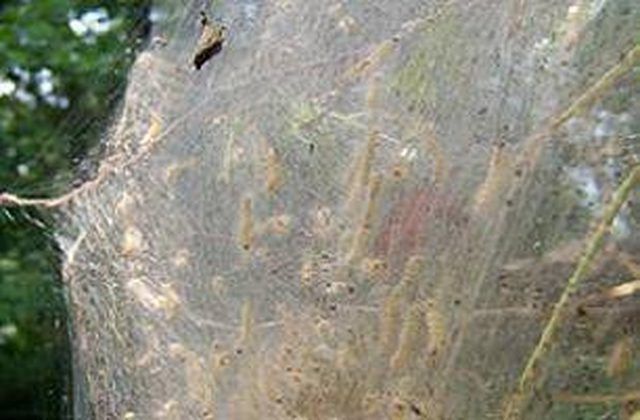Bulbs
Flower Basics
Flower Beds & Specialty Gardens
Flower Garden
Garden Furniture
Garden Gnomes
Garden Seeds
Garden Sheds
Garden Statues
Garden Tools & Supplies
Gardening Basics
Green & Organic
Groundcovers & Vines
Growing Annuals
Growing Basil
Growing Beans
Growing Berries
Growing Blueberries
Growing Cactus
Growing Corn
Growing Cotton
Growing Edibles
Growing Flowers
Growing Garlic
Growing Grapes
Growing Grass
Growing Herbs
Growing Jasmine
Growing Mint
Growing Mushrooms
Orchids
Growing Peanuts
Growing Perennials
Growing Plants
Growing Rosemary
Growing Roses
Growing Strawberries
Growing Sunflowers
Growing Thyme
Growing Tomatoes
Growing Tulips
Growing Vegetables
Herb Basics
Herb Garden
Indoor Growing
Landscaping Basics
Landscaping Patios
Landscaping Plants
Landscaping Shrubs
Landscaping Trees
Landscaping Walks & Pathways
Lawn Basics
Lawn Maintenance
Lawn Mowers
Lawn Ornaments
Lawn Planting
Lawn Tools
Outdoor Growing
Overall Landscape Planning
Pests, Weeds & Problems
Plant Basics
Rock Garden
Rose Garden
Shrubs
Soil
Specialty Gardens
Trees
Vegetable Garden
Yard Maintenance
Garden Pest Identification
Garden Pest Identification. Aphids are a very common garden pest. Also called plant lice, aphids look like tiny, black dots on leaves. They are soft bodied and appear not to move since they are very sluggish. Adult aphids are winged or wingless, and the babies do not have wings. They are born live and multiply rapidly if not controlled. Aphids...
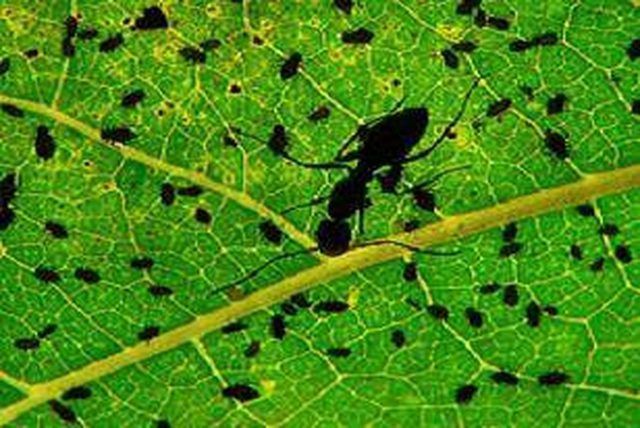
Aphids
Aphids are a very common garden pest. Also called plant lice, aphids look like tiny, black dots on leaves. They are soft bodied and appear not to move since they are very sluggish. Adult aphids are winged or wingless, and the babies do not have wings. They are born live and multiply rapidly if not controlled. Aphids damage plants by sucking sap from it. This causes leaf curling and the possible stunting of plant growth. Aphids will leave wet droplets on the leaves, which is the first indication that they are present in the garden.
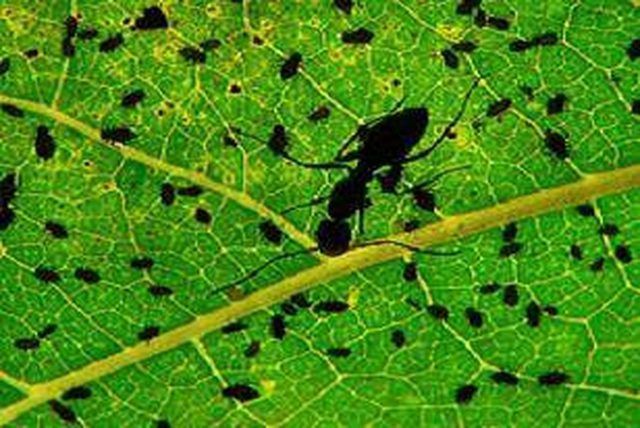
Squash Bugs
Squash bugs attack pumpkins, varieties of squash, okra and cucumbers. Squash bugs are less than 1 inch long and are the same color as the leaves when they are young. As they mature, they are gray in color with black legs and long antenna. If left untreated, squash bugs will kill the plant. The stems will wither and quit producing vegetables.
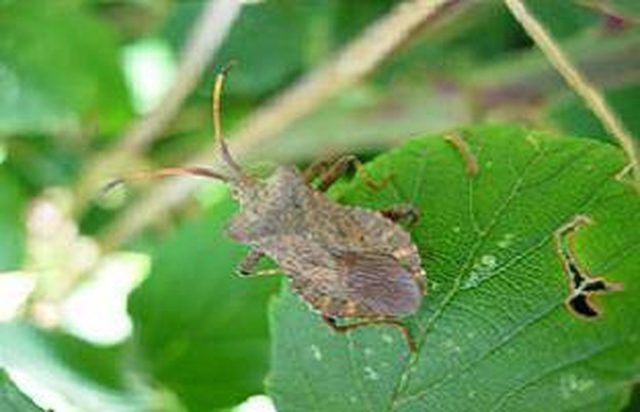
Horned Tomato Worm
Tomato and pepper plants will quickly die if infested with the horned tomato worm. Tomato worms are bright green in color with a horn on the rear end and eight light colored diagonal stripes down the side of the body.
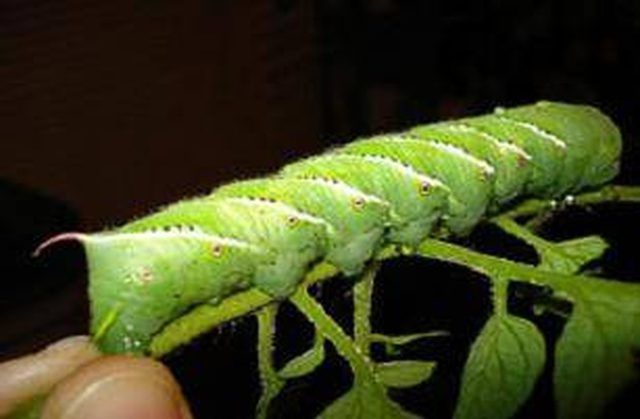
Leafhoppers
Leafhoppers are so named because they love leaves of any sort and will jump from leaf to leaf, causing stunted growth, curled leaves or a yellowing of the leaves. Barely ? inch long, they are bright green in color and wedge shaped with six small spots on the top of the head.
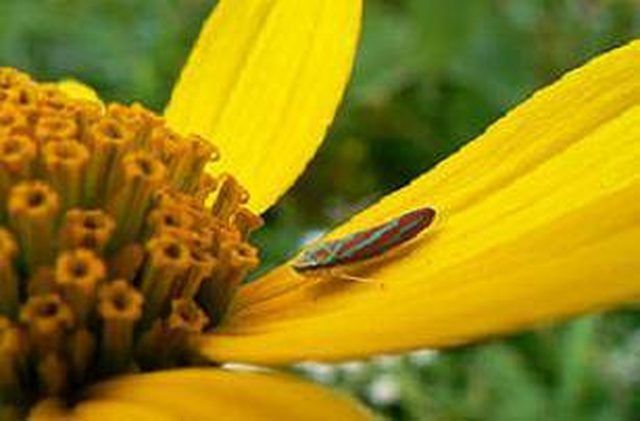
Cutworms
Cutworms are brown in color and look knobby. Cutworms can cause the most damage to plants because they live in the soil and are difficult to control. They eat the stalks at or just below ground level and also eat the roots of plants.
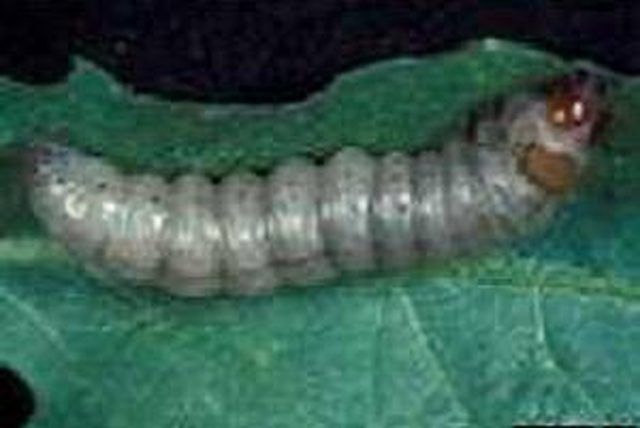
Webworms
Webworms are the colorful worms found in gardens. They are yellow in color with a lighter colored stripe down the back and three dark spots in each segment down the sides. They are the most active at night; however, they are attracted to light. Cutworms spin webs as spiders do and draw several leaves into the web for feeding. They chew the leaves in their entirety, leaving the skeleton of the leaf intact. If left untreated for a long period of time, they will kill the plant.
